Introduction
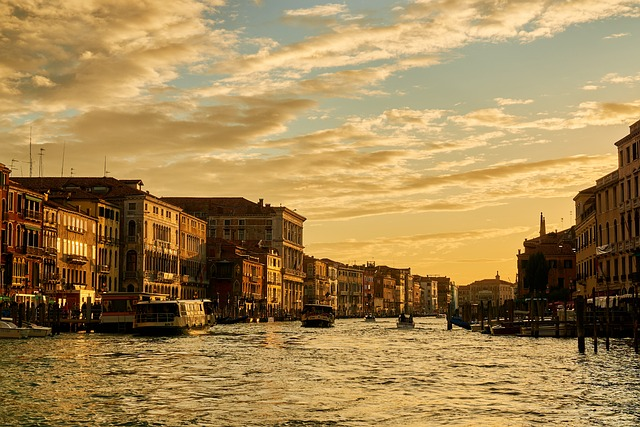
Driving through Italy allows you to explore picturesque countryside, historic cities, and stunning coastlines at your own pace.
The well-maintained roads and scenic routes make the journey enjoyable, while the abundance of local cuisine, vineyards, and cultural sites provide endless opportunities for discovery and adventure.
Whether you’re seeking art, history, or natural beauty, a road trip in Italy offers a truly immersive and unforgettable experience.
Car Rental Tips
Book in Advance
Generally, we recommend that you make your reservation one month in advance so that you could choose the desired vehicle and date.
If you proceed directly to the car rental store without a booking, it is likely that the car you need might be unavailable.
*If you are already a QEEQ diamond member, you only need 1$ to freeze your booking and make the rest of the payment before pick-up, which does not affect your credit card limit.
Required Documents
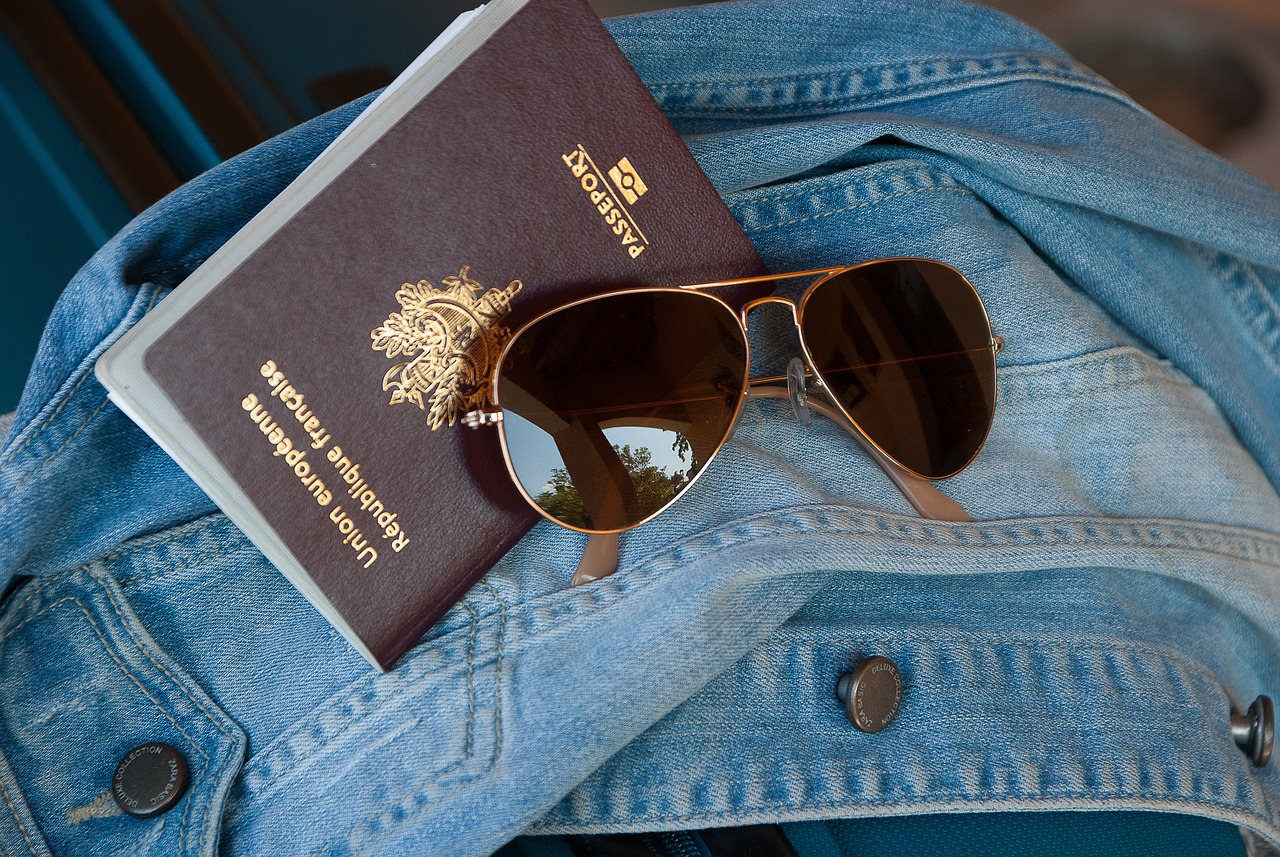
Passport, Driver’s License, IDP(Optimal), Credit Card
International Driving Permit (IDP) is highly recommended, which allows you to drive legally in countries that need one.
If it is inconvenient for you to apply an IDP, generate a free driver’s license translation on QEEQ.com (Only available on Japanese site).
Car Choices
The choice of your car depend largely on the duration of your trip, passenger number, luggage amount and road conditions.
City Driving for small groups (1-3 passengers)
If you are a couple, or travel with a friend or two, or if you travel alone, a reasonably priced small car would be a good choice.
Compact size cars have 4 to 5 seats. We recommend sparing one passenger capacity so you could relax and have more space.
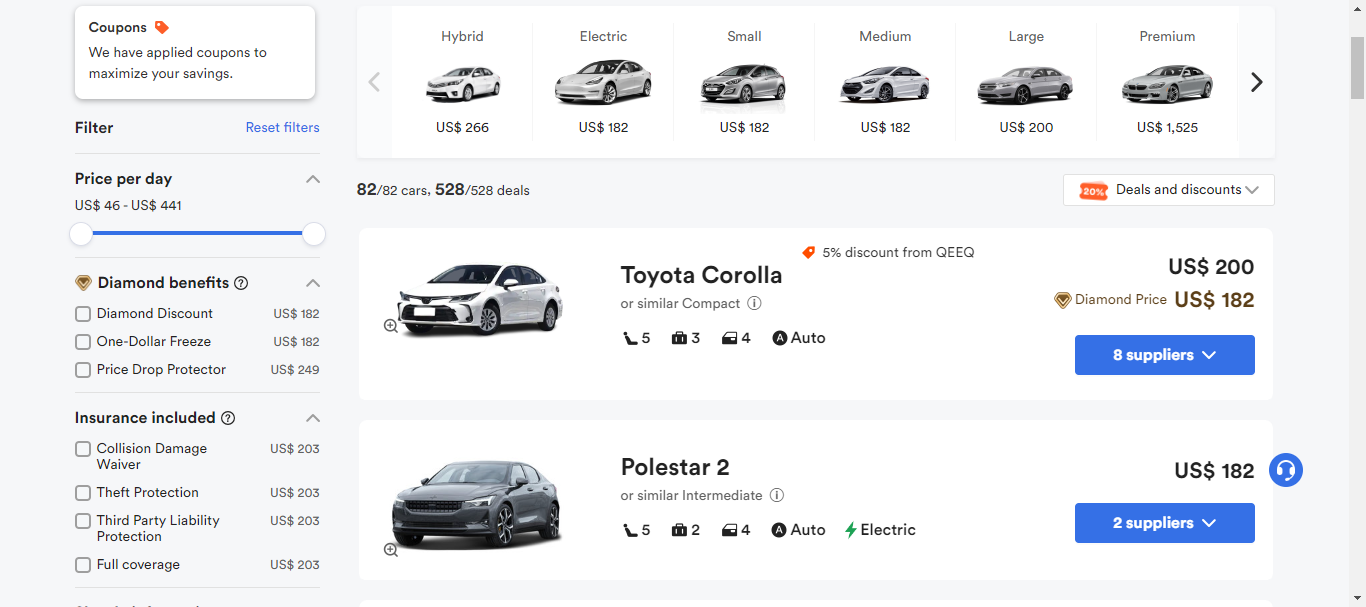
4 to 5 passengers including children and elderly
Medium and large size cars are recommended. These models could still possess a fair mount of space with 2 to 3 suitcases. SUVs are suitable for hybrid road conditions. Eco-friendly cars such as the Prius could save your spend on gasoline. Choose what you need giving you peace of mind on long trips.
Traveling in a group of 6 or more
It would be a wonderful experience to choose a van for everyone to have his or her own seat. These models accommodate a passenger capacity from 7 to 12 people. While it is noticeable that large cars cannot make quick and sharp turns. So we recommend renting two small or medium-sized cars if you spend a lot of time driving through towns.
Online Booking Process

We are endeavoring to make your booking as convenient as possible. Enter our website QEEQ.com, log in, enter the required information, and follow the instructions, you are free to rent your desired car.
Insurance
What Insurances Are Available?
*For Autopilot Cars:
- Insured: Protection for the person renting the car, including passenger accident insurance and personal accident insurance (PAI). This includes the personal safety of the driver, passengers, and their personal belongings.
- Automobile Insurance: protection for the vehicle of the renter. Collision Damage Waiver (CDW) is one example.
- Third-party Insurance: insurance that protects third parties other than the renter and the car rental company. Basic Third Party Liability (BTL) insurance, etc.
International car rental booking will include the basic insurance required for car rentals: Vehicle Damage Coverage, Theft Protection, and Third Party Liability Insurance.
The deductible is the maximum amount of money you’re liable for in the event your rental car is damaged or stolen as long as you follow the conditions of your rental agreement. For example, the deductible is 1000 dollars, if the damage to the rented car is less than 1000 dollars, the customer pays; if the damage is more than 1000 dollars, the customer pays up to 1000 dollars; and the store’s insurance company pays for the part exceeding 1000 dollars.
Many travelers want more comprehensive coverage and purchase additional insurance. Personnel, vehicle and third-party coverage varies by insurance type. Here are some examples of common types of insurance (note: more checks means more coverage):
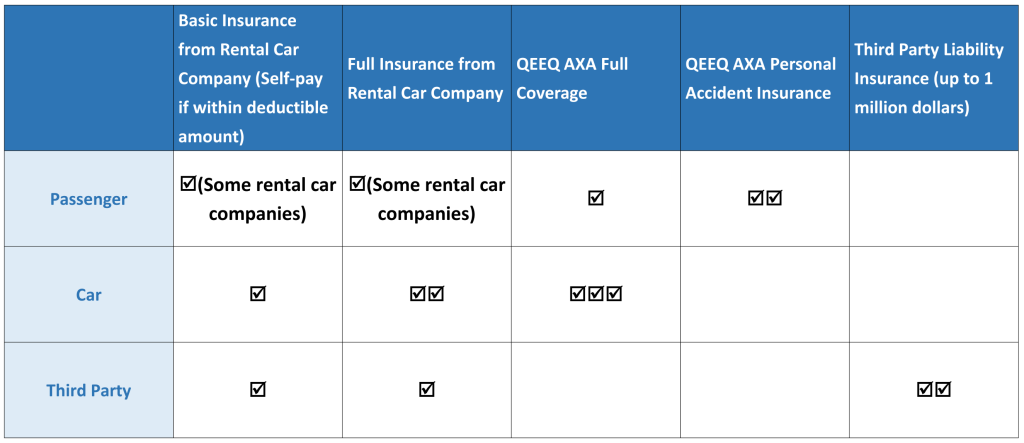
When and How to Purchase Insurance
There are two ways to obtain insurance: one is to purchase insurance when booking the car online; the other is to purchase insurance at the local store where the car is rented when picking up the car.
Generally, insurances provided by rental car companies usually has narrower coverage, higher premiums, so purchasing insurance online when booking the car is highly recommended.
How to Choose Insurance
If you are traveling with limited budget, it is better to choose the kind of insurance policy with the most comprehensive coverage. The main reasons are:
Firstly, repairing fee for the car would probably be higher abroad.
Secondly, in case of an accident, the medical cost and compensation are very high.
Thirdly, the wider the coverage, the less the troubles you would deal with, which saves tons of time and energy.
Taking automobile insurance as an instance, comparing to common insurance policies, the most comprehensive insurance coverage, including glasses, tires, chassis protection, and considerations for special road conditions such as sand and rocks, is very necessary, but basic insurance of car rental companies usually does not include full coverage as such.
Picking Up the Car
Check Before Departure
Before proceeding to the car rental shop, make sure you have brought with you all necessary documents for picking up the vehicle, and two international credit cards is recommended to ensure that there is enough credit limit for pre-authorization.
Proceed to the Car Rentals
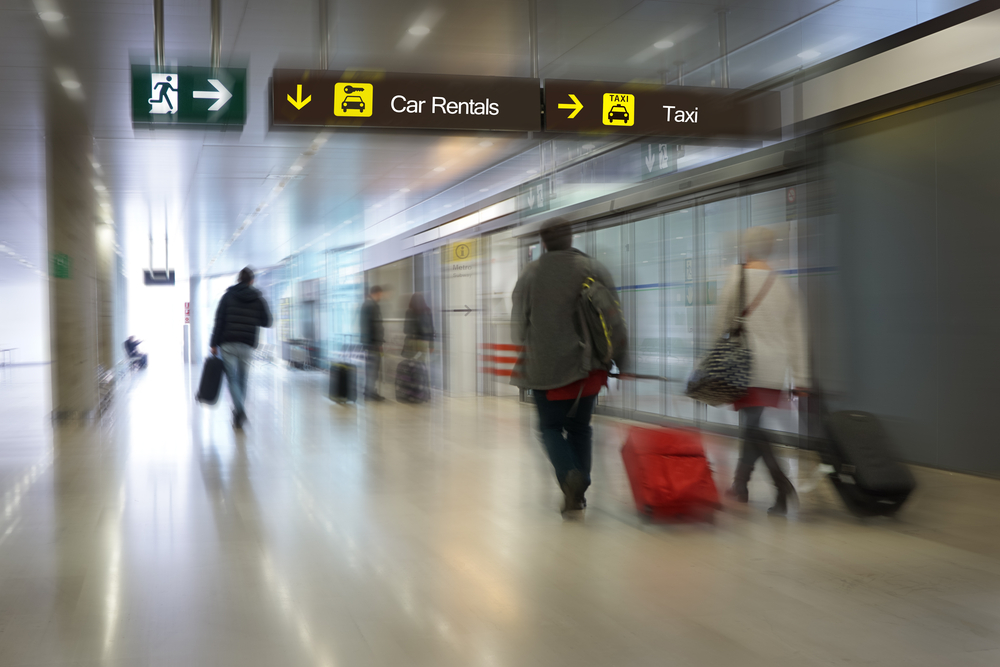
If there is a pickup store nearby, you could just walk there, following signs for airport rental cars.
If the rental car center is far away, there is usually a free shuttle bus bound for the rental car center. Shuttle buses run every 10 minutes approximately, so take the bus when you see the logo of your car rental company.
If the shuttle is not available, you can contact the car rental company and wait for staff member to pick you up at designated location. In case you have difficulty communicating with the store staff, please call QEEQ and we will assist you in English or other languages.
Inspect the Car

When you receive your reserved vehicle, inspect the bodywork for damage. At that time, it’s a good idea to document the entire process with your smartphone camera or take a picture of the dashboard. Because if you forgot to check the condition of your vehicle before departure, you may be charged for wronged damage repairs when you return it.
Payment
Payment is due on the day of the rental unless you are paying online or purchasing a tour package.
Insurance is usually included in the rental price, but some car rental companies offer paid options for more comprehensive coverage.

Last but not least, keep all contracts and documents safe for possible further usage. Once you have received your keys, check the seat heights, mirror positions, secure child seats, and then you are ready to go!
Traffic Rules and Signs
Driving on the Right
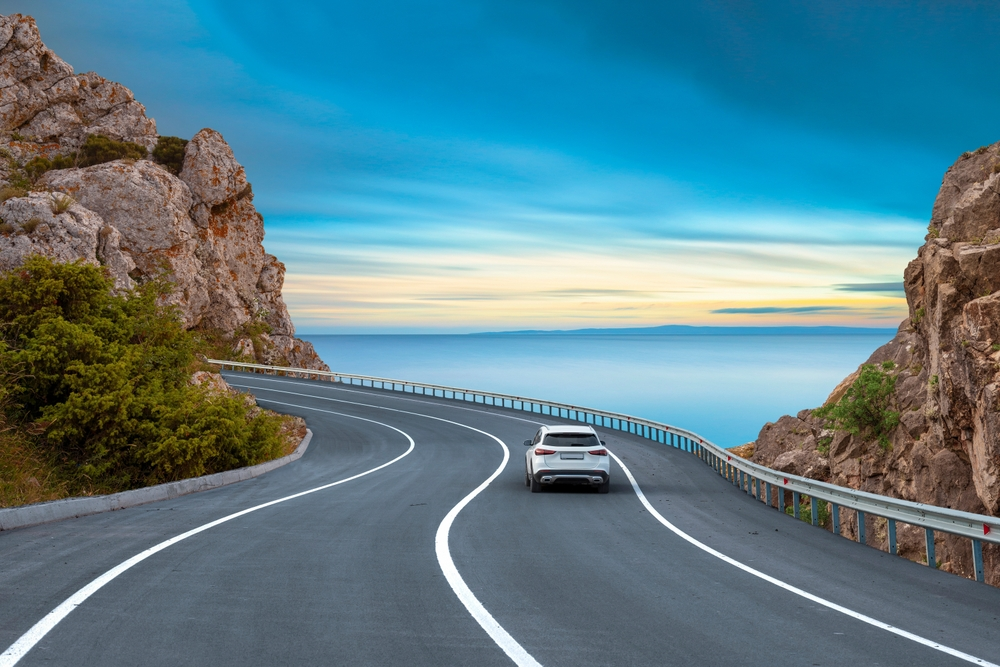
In Italy, vehicles drive on the right side of the road. Pay attention if it differs from your country.
Pedestrians Priority

Pedestrians have absolute priority. Cars must yield to pedestrians.
Low Beam Lights on
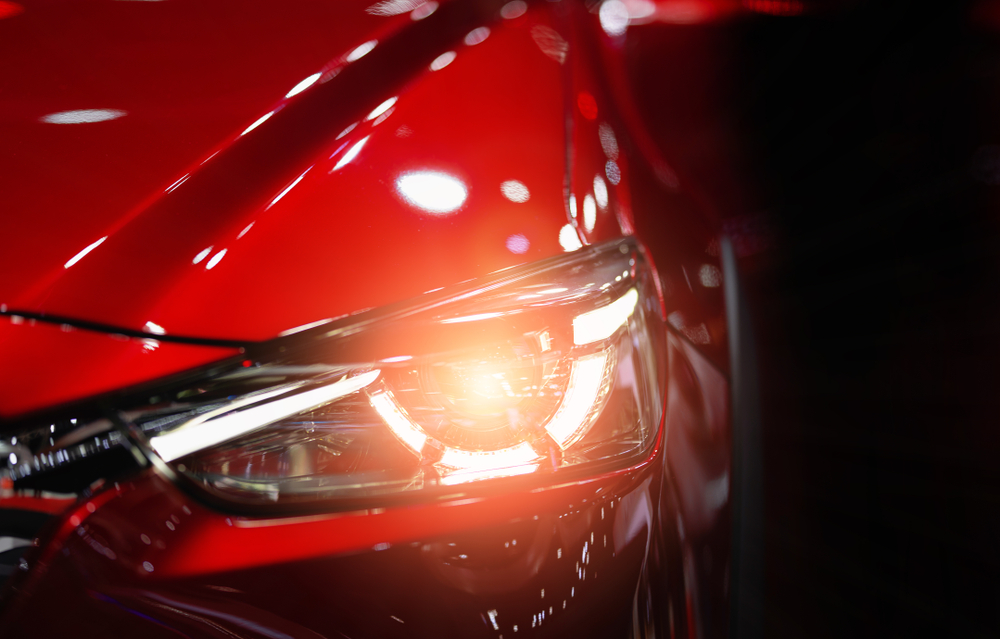
Motorists in Italy are required to use their low beams during the day when driving on highways, dual carriageways and out-of-town roads.
Safety Belt and Child Seat
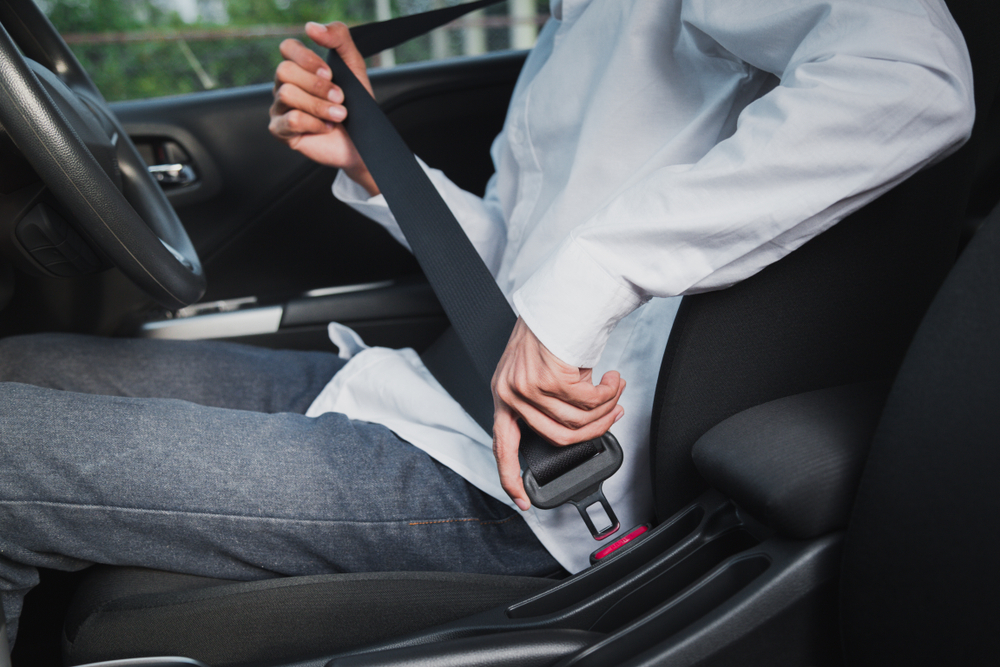
Seat belts are required for both driver and passengers.
According to Italian traffic law, a child seat must be fitted under the following conditions:
When driving a vehicle registered in Italy with a child weighing less than 36 kg and less than 150 cm in height, the child must be fitted with a restraining (protective) device. Children weighing less than 9 kg must be seated in a rear-facing child seat.
For cars registered outside Italy, the regulations of the country of registration shall apply.
Car Restricted Area
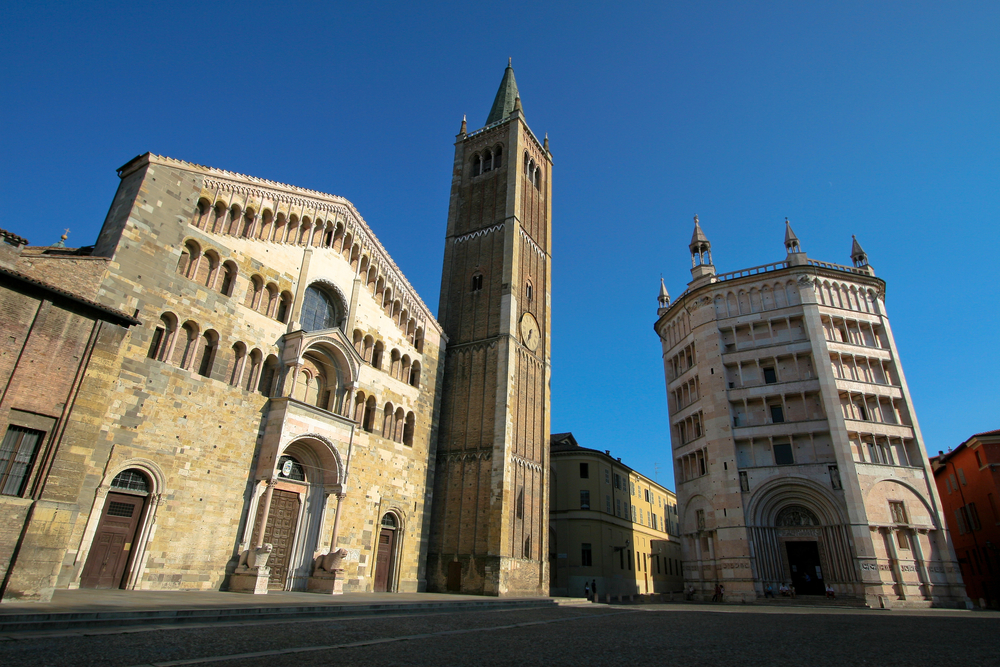
Traffic regulations in Italy prohibit any motor vehicle from driving in historical and cultural attraction areas unless a special permit is obtained. Heavy fines can be imposed for trespassing.
Yield to Special Vehicles
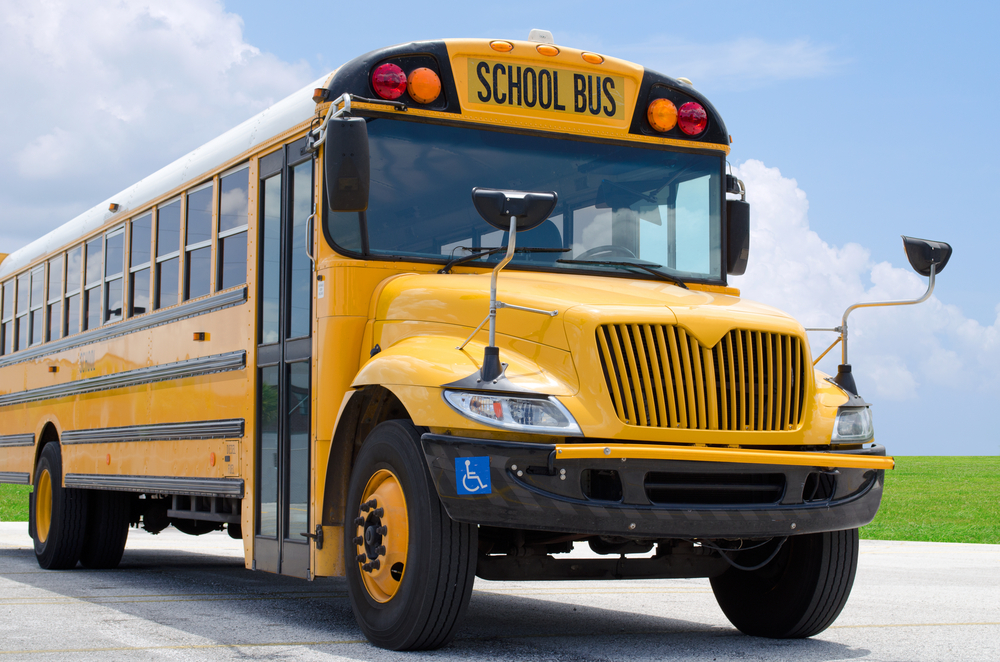
When driving in Italy, you need to give way to trains, trams, buses and ambulances.
Right of Way
In Italy, the right of way is very important, and whoever has it has the priority regardless of whether there are warning signs of it. The main rules of the right of way in Italy are: turning vehicles give way to straight ahead ones; cars on side streets give way to those on main streets, and those not in a traffic circle give way to those who have entered a traffic circle.
The yellow rectangular sign on the lower left indicates that the vehicle at this intersection has the right of way, the lower right one indicates the same.
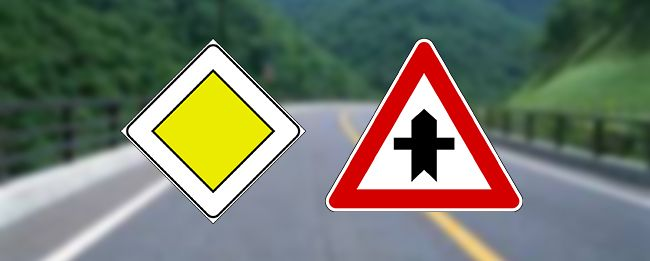
Stop Sign
If you see a STOP sign on the road, all vehicles must stop for 3 seconds, even if there is nothing on the road.
If there is a STOP sign in all four directions of the intersection, then you need to stop and then start according to the order of which all cars arrived. STOP sign is for one-vehicle-one-stop, it is strictly prohibited to follow the previous car and then pass directly.There are two common STOP signs in Italy.
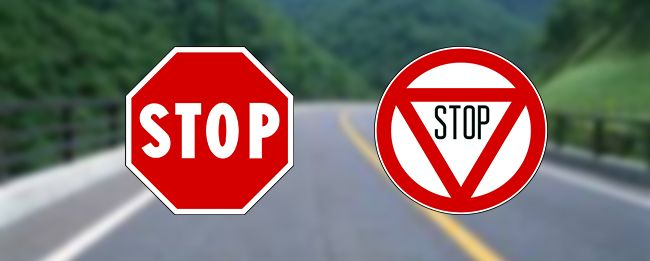
Yield Sign
Yield signs are mostly found at intersections where side roads enter the main road, where you must slow down and be ready to stop, giving priority to other vehicles and pedestrians, and ensure safety before passing.
When there are pedestrians in front of you, you must come to a complete stop. The inverted triangle sign on the lower left indicates that there is no right of way on this road and you must yield to other vehicles; the lower right one indicates that there is no right of way in the direction of the red arrow and you must yield to other vehicles.
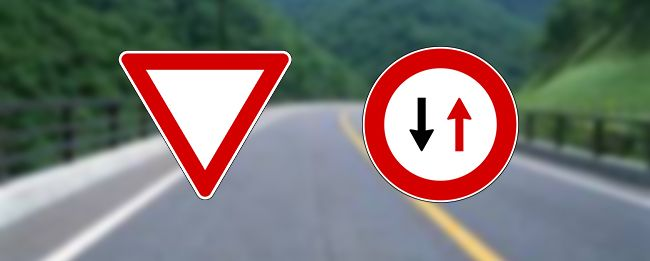
Speed Limits
Generally the speed limit is 130km/h on highways and 50km/h in urban areas. The specific speed limit is still determined by on-site signs, with different speed limits on different sections of the road.
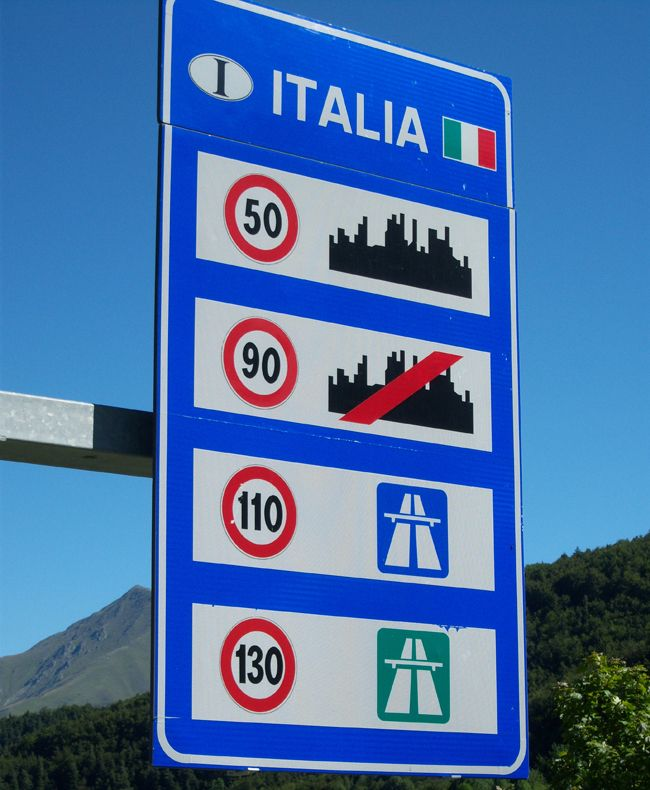
ZTL Sign
Zona Traffico Limitato, or ZTL for short, also known as Area C, which is a restricted zone, can be found in the center of almost all Italian towns and cities.
In some bilingual districts within Italy such as Valle d’Aosta, the name is Zone à trafic limité, while in Bolzano it is Zone mit beschränktem Verkehr. Italian government has established restricted zones in many town centers in order to protect historic built-up areas, reducing pollution from traffic congestion, and to increase tax revenues. Each entrance to a restricted zone is marked by security cameras and special traffic lights, with a green light indicating that traffic is permitted and a red light indicating that unauthorized vehicles are prohibited.
The fines for entering a restricted area are very high, and you may receive multiple tickets for even one violation, with individual fines ranging from 50 to 150 euros, depending on which city.
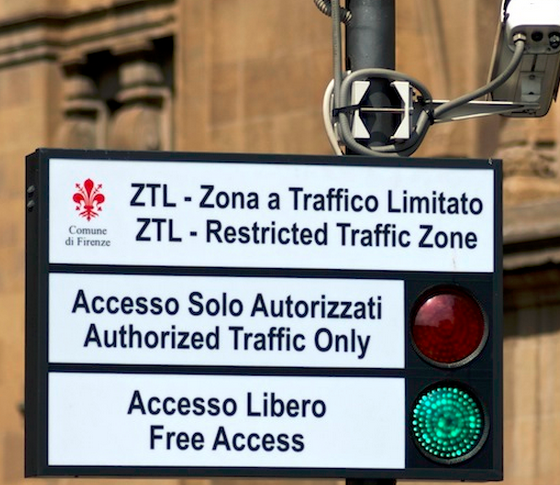
You may avoid them in the following 3 ways:
- You can get a license, or buy one at a tobacco store, and send it to the Motorizzazione Civile with the identification number and license plate of the car by text message, which costs about 5 euros and is valid for one day.
- Within 20 minutes of entering ZTL, find a parking lot marked “ZTL Parking” (parking is expensive), in which you can automatically or manually cancel the trespassing record when the car enters.
- If the hotel you are staying is within a ZTL, you will need to go to the front desk of the hotel to have the record removed at the police station.
- In addition, you can avoid the area according to the information on our offline map.
Usually a ZTL sign will appear 150 meters away from the ZTL area to remind. Therefore, pay attention to the ZTL sign at intersections, traffic lights, and roundabouts, etc. If time period is not indicated on the sign, it means that you are not allowed to enter for the whole day; and if a time period is indicated, it means that you can enter outside that time period. For example, the sign on the left below indicates that the left turn ahead is the ZTL zone, and the right turn can be passed smoothly.The sign below right indicates that this area is closed to non-resident vehicles from 8:00 to 20:00 every day.
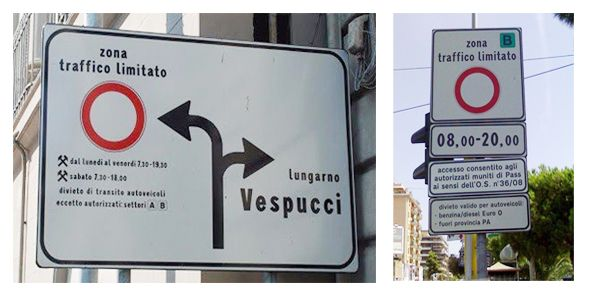
Other Road Conditions
- On some roads in Italy such as Autostrada A1, Bologna – Firenze, there are many curves and caves, so you should be more careful when traveling.
- The city of Florence has strict restrictions on motor vehicles with non-local license plates, and it is strictly forbidden for foreign motor vehicles to enter the city from Monday to Friday from 7:30 to 19:30, otherwise the fine starts at 60 euros. If you are traveling to Florence by car, send your license plate number in advance to your hotel or hostel owner so that they can report it to the police in advance. If you are not in a condition to do so, you can park your car in the parking lot of the central train station.
Highway Regulations
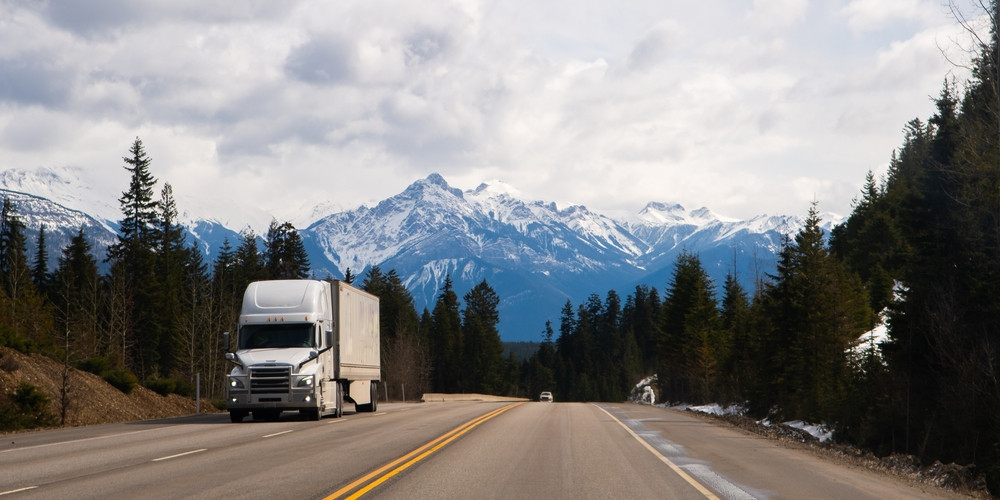
Basically all Italian highways have toll booths, but the tolls are not too expensive for around 1 Euro per 10 kilometers. The journey from Florence to Rome is about 230 kilometers and costs about 12 euros.
We recommend that you check in advance whether your route involves toll roads, set your navigation to avoid them.
Toll Payment
There are 2 ways to pay tolls on Italian highways:
Preparing your card in advance and then pay the toll when you leave the road; or pay the toll in advance.
Pay on the Way Out
When you arrive at a highway intersection, follow the directions on the sign and press the red button, which punches out a card with the time and name of the entrance, the bar is then raised to pass.
As the entrance is unmanned, if you got any problem, there is a help button next to the card pickup button. Pressing it will automatically connect you to the voice service system, but be aware that the staff may not speak English.
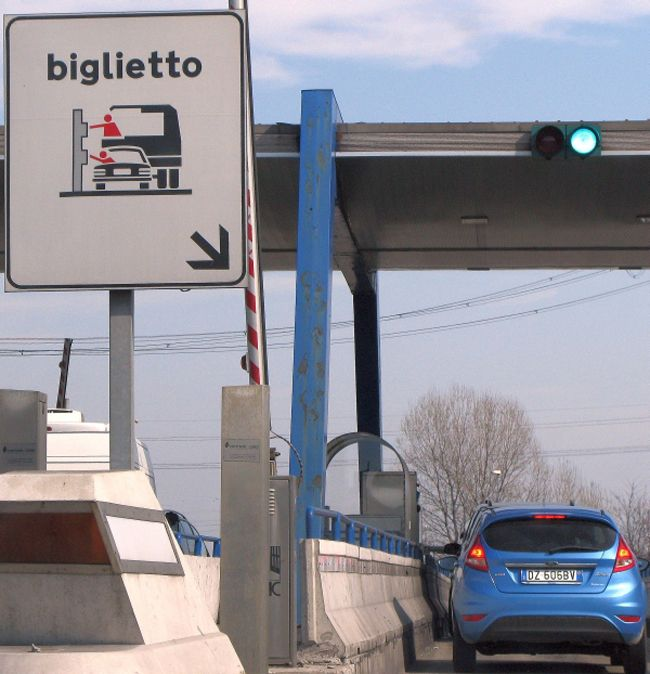
When you get off the highway and approach the toll gate, there are signs guiding you to different payment lanes, which are Telepass, credit card and cash lanes, so just choose the right one for you and queue up to pass through.
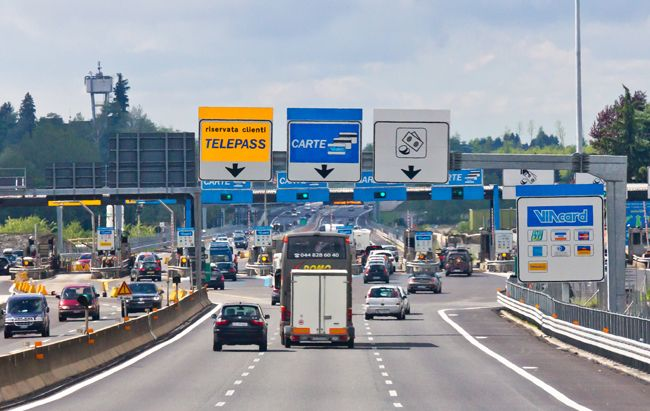
Pay in Advance
Some highway sections in Italy need you to put coins into the coin machine to get on the highway, and after that, the barriers will be lifted up so that vehicles can pass through. The fee is generally 2 Euros.
Refueling and Parking
Refueling
There are many gas stations in Italy, located in all corners of the city and on the highways. The price varies between 1.55-1.65 Euros. Diesel cars are predominant when renting a car in Europe, and the cost is at least 1/3 cheaper than gasoline.
The gasoline senza piombo is mostly a green fuel gun, as shown below on the far right side. The diesel is mostly a black fuel gun, as below on the far left side.
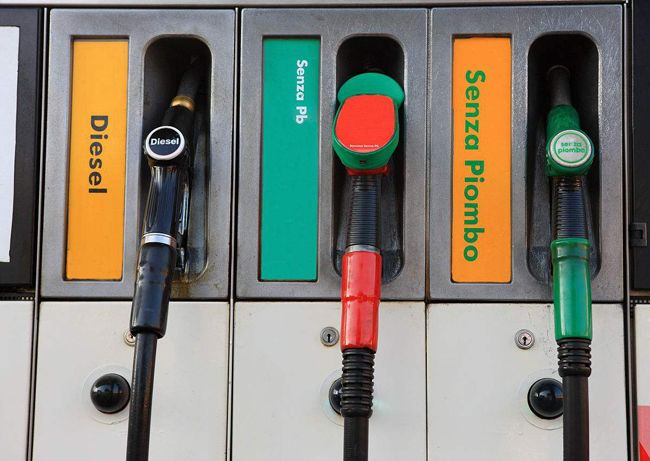
Types of Gasoline
Follow the instructions on the gas cap or the car’s instructions to fill up with the specified type of gasoline. If you are not sure what kind of gasoline to add, ask the staff when you pick up the car, and usually the cheapest gasoline will be enough.
Be careful not to add the wrong oil. If wrong gas was added, please contact the store as soon as possible, arrange repair to clean the fuel tank and oil circuit system, and then the engine for a comprehensive inspection. Do not start to injure the car.
Self Service Refueling
Most machines are touch-screen operated, so it’s easy to just follow these steps:
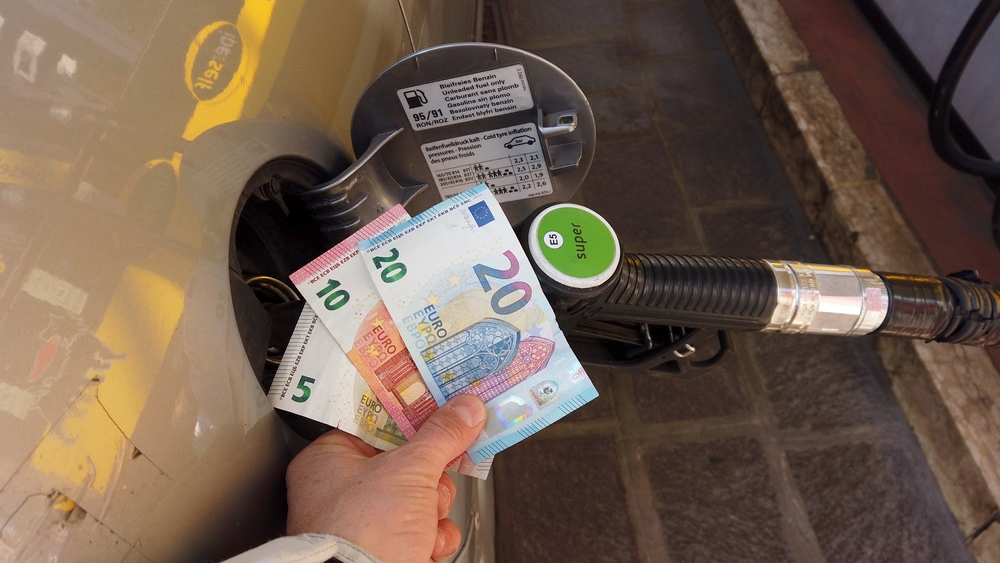
- Select the dispenser you want to use from multiple dispensers on the screen.
- Select the engine type. Select DESEL (diesel: light oil) or BENZINA (regular gasoline).
- Choose your payment method. You can pay by cash, credit card or Italian debit card (Bancomat). By default, change is not given as often as it used to be, but it does happen sometimes, so I recommend paying with a credit card. You can’t use JCB at gas stations in Italy, so it’s best to have a VISA or MasterCard!
If you make a typing error, you can call the staff at the self-service area and explain it to them and they will assist you. Example in Italian:
Mi sucusi sigore, potoresti aiutarmi per favorite? Ho sbagliato il tito di carburante
(I’m sorry. I chose the wrong type of gasoline. Could you help me?)
Parking Regulations
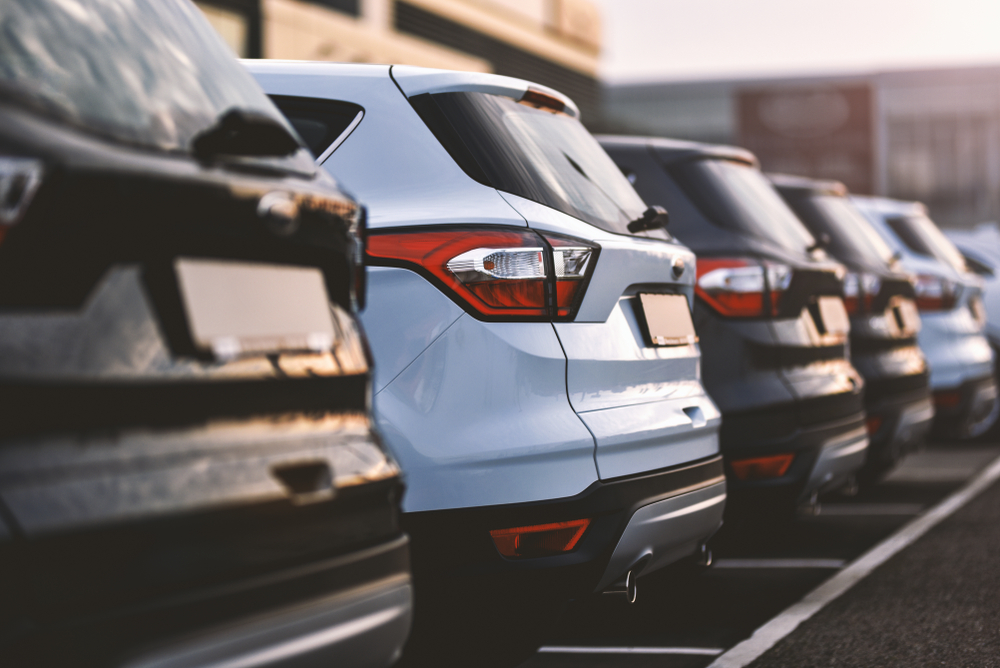
Where Could I Park?
- Public Parking Lot
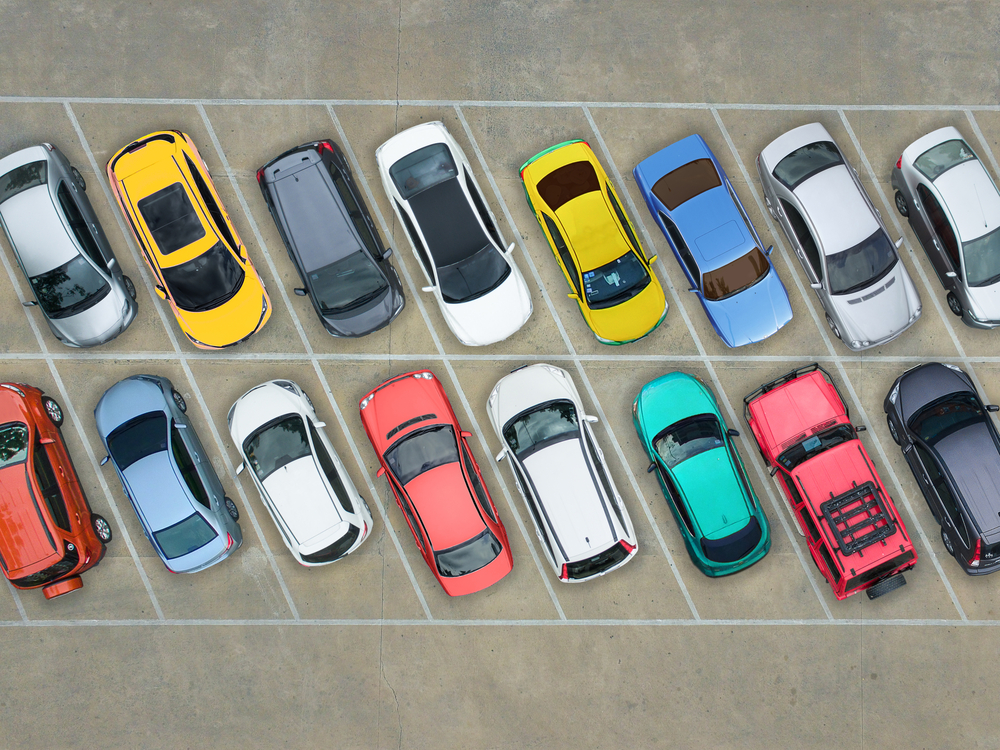
Shopping centers and supermarkets usually have free public parking areas around them. Paid parking lots are usually available at scenic spots and downtown areas.
- Roadside Parking
You can pay attention to the roadside ground delineation color, which on both sides of the road with a white line is a free parking space, but pay attention to the signage on the free parking time period, with yellow line of the nearby residents parking space. If the nearby residents did not apply for a parking space you would be fined; delineation in blue is for paid parking.

Free parking is usually time-limited, and the most important thing about parking in this area is to read the parking signs. As indicated in the picture below left, free parking is available here for 90 minutes, and parking is prohibited on Saturdays when there is a fair from 7:00 to 15:00 or you car will be towed. Parking meters must be used, as shown in the photo below right. It need to be displayed until the time of arrival, overtime will result in a fine.
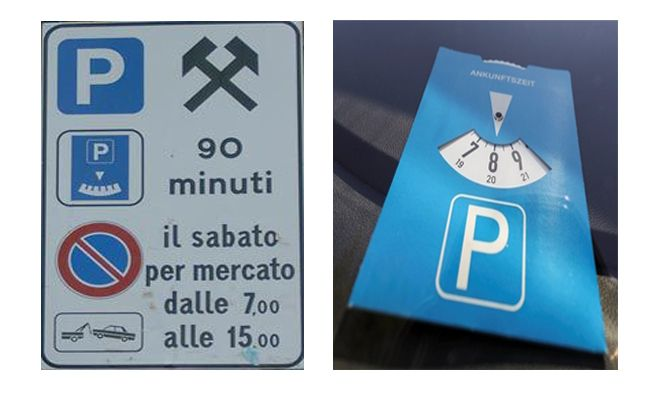
The roadside toll signs are similar to the free signs, except that they have the sign of the payment machine on them. As indicated by the sign below, the rate for this area is 2 euros per hour from 8-19 p.m. and 3 euros per hour after 2 hours; from 19-24 p.m. the rate is 2 euros per hour.
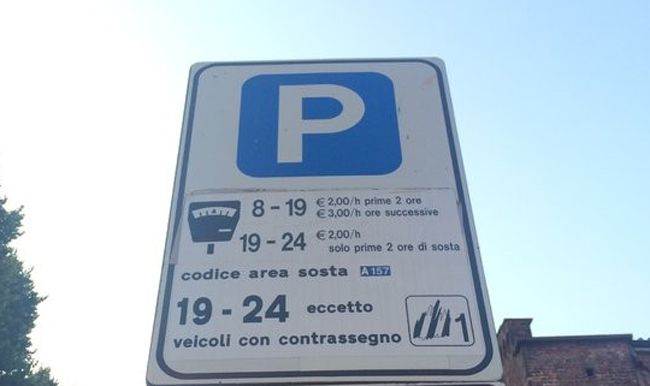
Where I Cannot Park?
- No parking at the disabled parking spaces, building entrances and exits, by fire hydrants, or at bus stops.
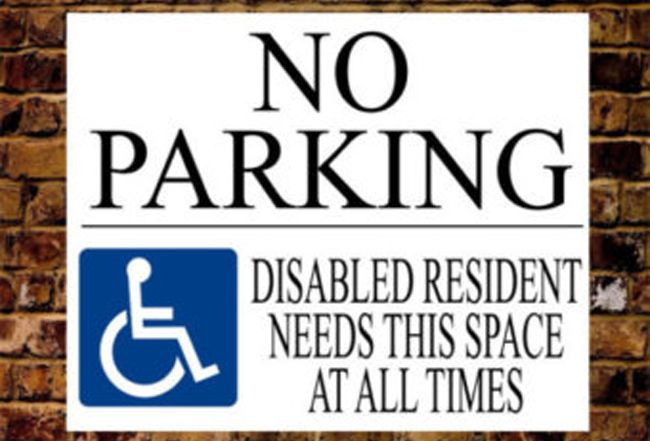
- Parking in prohibited locations. The sign below indicates that parking is prohibited in this area 24 hours a day and violators will be towed.
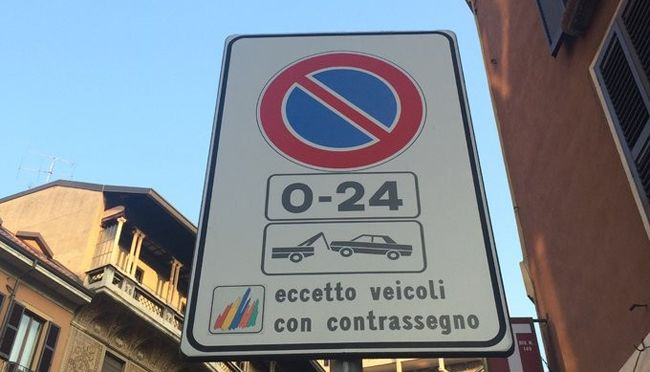
- No parking during parking lot sweeping. Parking lots in the Blue Line area are swept one day a week and no parking is allowed during the period or you will be towed. Specific sweeping times are noted on parking signs.
Payment Method
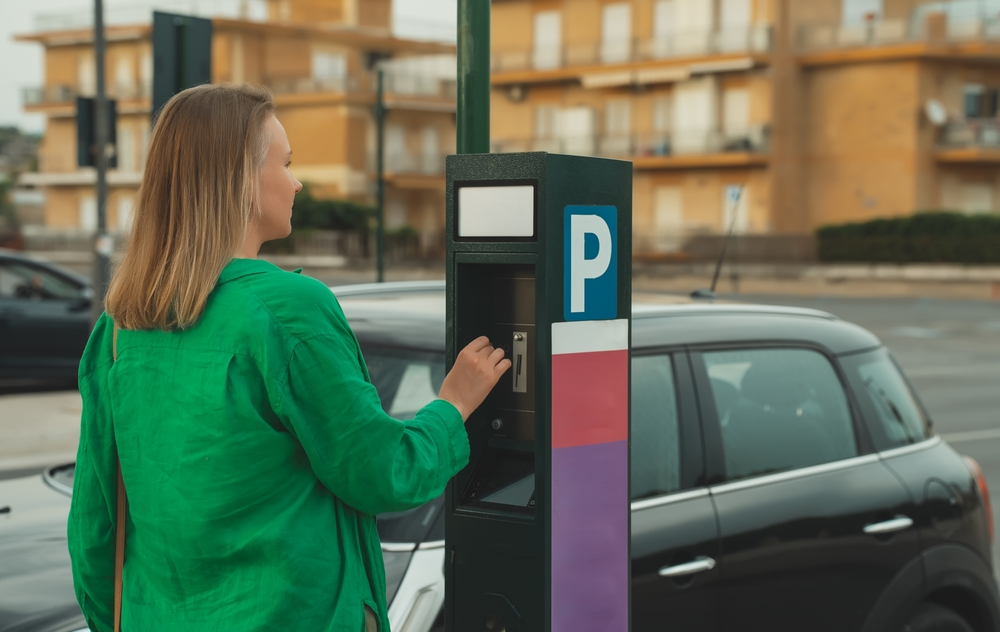
- Pay by the Meter
Payment can be made at the meter with a Master/Visa credit card or coins:
Coin/Card – Select time – Confirm OK – Print ticket – Stick ticket on windshield
- Pay at the Entrance
Accident Handling
If you are involved in a traffic accident, do not panic. Check whether the passengers are injured, help yourself and seek help from passersby. Emergency contacts are available at any time.
Police: 113
Fire: 115
Ambulance: 118
This Website Provides contact details and consular services of the Italian Ministry of Foreign Affairs and International Cooperation:
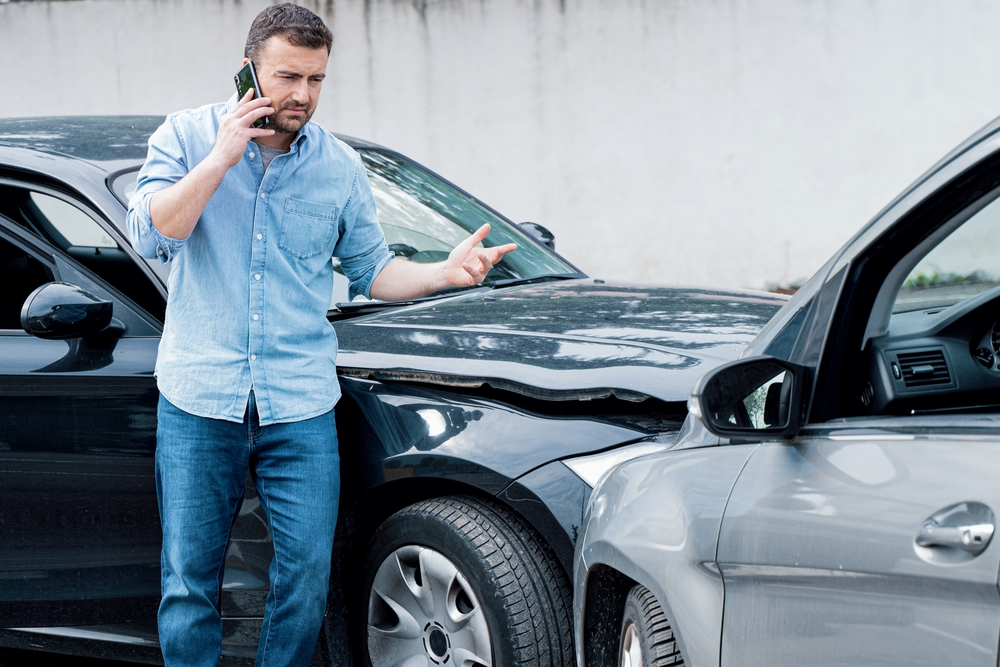
Scratch
Ensure the safety of personnel→Move the vehicle to the side of the road without obstructing the traffic→Call 113 →Take photos or videos of the condition of the vehicle →Register the accident by police and keep a proper record of the accident→Contact the rental car company and insurance company.
Theft
Call 113 → Police take notes → Insurance report → Verify information → Payment
Malfunction
Call the rental car company → They will send someone nearby to tow your car or change a tire.
If the rental car company is unable to help you, contact a towing service with the help of the police. Car repairs are very expensive sometimes, so it is important to have insurance.
Roadside Assistance
When renting a car and driving in Italy, if a traffic accident occurs, in addition to calling 113, you can also contact the following emergency contact numbers:
- Roadside Assistance Number in Italy:
Automobile Club d’Italia (ACI, Road Assistance): 803.116 (Apply for Local Phone)
For Foreign Travelers: 800.116.800
- You can also contact your car rental company:
AVIS: 1-800-352-7900
SIXT: 1 (888) 749 8227
Budget: 800-218-7992
Thrifty: 1-800-283-0898
Hertz: 1-800-654-5060
ACE: (877) 822-3872
Dollar: 800-235-9393
Yesaway: 1 424-800-4990
Returning the Rental Car
To return the car, just drive back to the rental car company, but pay attention to the following things:
Refuel Before Returning
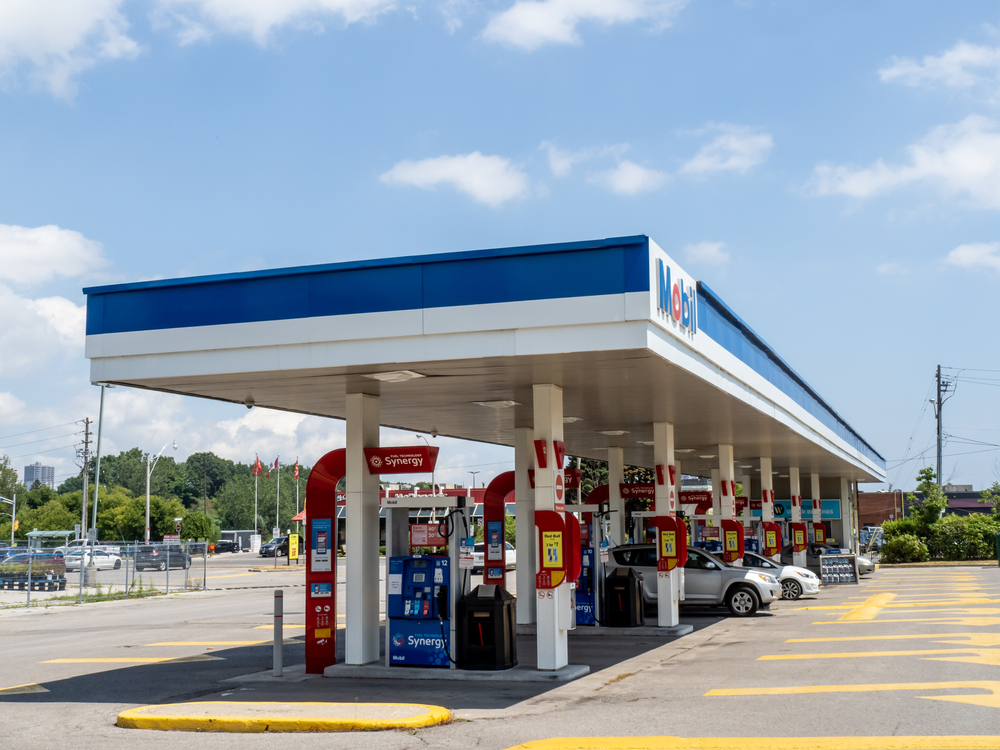
Usually, the basic rule for returning a car is to refuel the gas before returning it to the rental car company.
Even if the time is up, and there may not be a convenient gas station, it’s okay to drive for a while (about 5 kilometers or so) after refueling.
If you try to return the car after the due time without refueling, or if you drive a excessive long distance after refueling, we will calculate the remaining time and charge you an additional fee.
Inspect the Car
When you arrive, we will have a representative inspect your vehicle for damage. If it had any damage, additional payment would be made.
Reconcile the Fee
When you return the car, the staff will check and record the vehicle and print the settlement list on site. Please check the list carefully, and if you have any unknown charges, you can raise them in person or call customer service to solve the problem.
Keep the Contract and Document
After returning the car, it is recommended to keep the contract and receipts in a safe place in case of needs.
Help after Trip
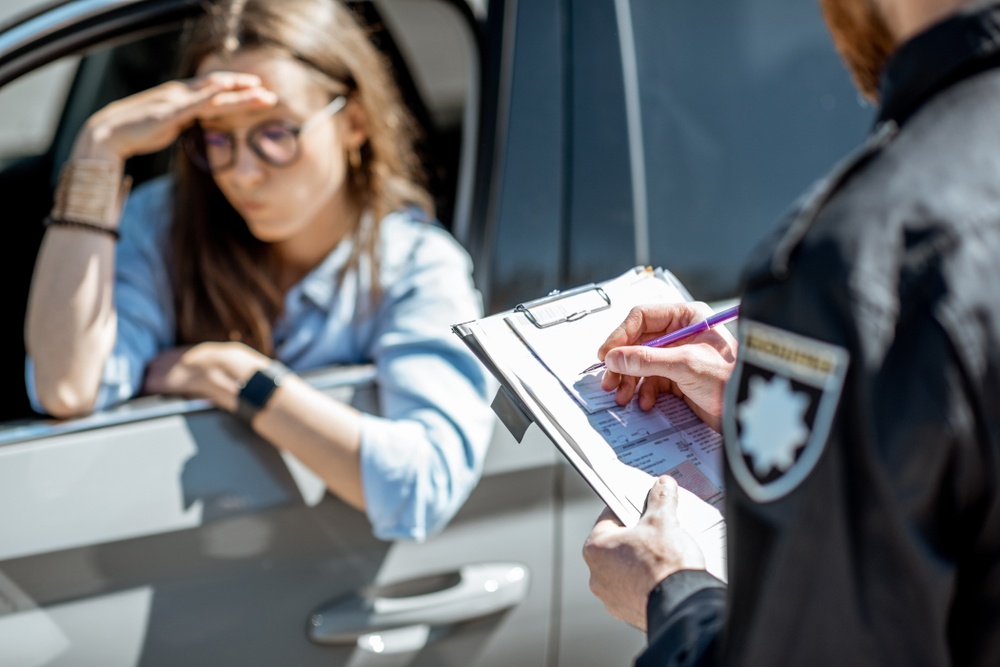
Traffic Citation
How to Pay Fine Ticket:
- Online payment is the most convenient. There is a payment web site attached on the ticket, follow the instructions to enter the ticket serial number and then add your credit card information to pay the fine. Please mind the due date, otherwise you would pay a late fee.
- If you could not pay right away, tell the rental company, and the company could charge your credit card directly, although there is usually a commission.
- If there are no violations during the rental period, the deposit will be automatically unfrozen and refunded to the main driver’s credit card within a month.
Insurance Claim
If you bought a full coverage insurance, you would receive a fast claim settlement. The following documents should be prepared:
- Passport
- Driver’s License
- Credit Card Checkback History
- The Car Rental Contract
- Car Damage Deduction Bill
For more detailed information, check the terms and conditions of insurance company:
https://www.qeeq.com/term?info=axa_policy&browser_open=1
Unknown Charges after Trip
If you received an unexpected deduction when you return to your home country, it might be that your violation fee is paid by the car rental company, but usually the deduction amount will be more expensive than the violation fee because that includes the management fee charged by the car rental company. If you don’t know what the violation was, you can contact our customer service for help.
Classic Routes
Italia Centrale
- Tuscany by Car Surrounded by Nature, Art and Unique Flavors
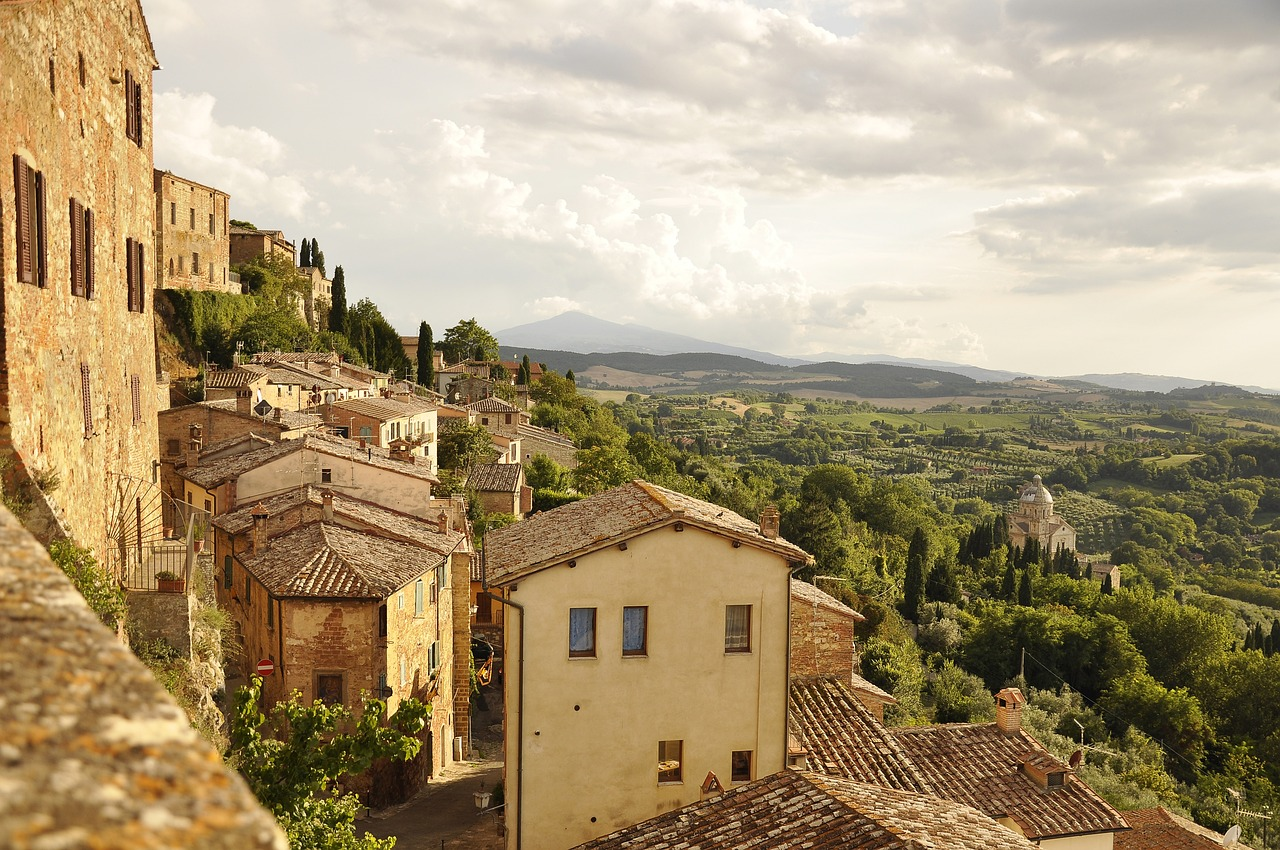
The road trip route in Tuscany offers a delightful journey through the region’s stunning landscapes, rich artistic heritage, and exquisite culinary experiences. Travelers can explore picturesque countryside dotted with vineyards and olive groves, visit historic towns and cities like Florence and Siena, and savor local delicacies such as Chianti wine and traditional Tuscan dishes. This route provides a perfect blend of nature, culture, and gastronomy, making it an ideal itinerary for those looking to immerse themselves in the essence of Tuscany.
Italia Meridionale
- Campania: Postcard-perfect Sea and Dizzying Flavours
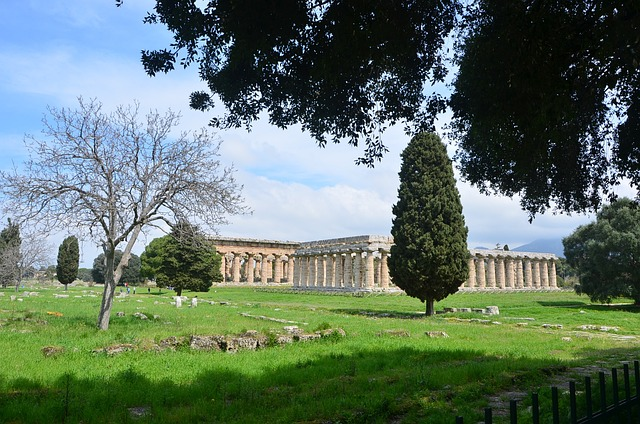
The Amalfi Coast, located in the Campania region of Italy, offers a breathtaking road trip route that takes you through some of the most picturesque and charming towns in the country. Starting from the historic city of Salerno, the journey winds along the coastline, passing through Vietri sul Mare, known for its vibrant ceramics, and the cliffside village of Cetara, famous for its anchovy products. Continuing on, you’ll reach the heart of the Amalfi Coast with stops in Amalfi, with its stunning cathedral, and Ravello, renowned for its beautiful gardens and panoramic views. The route also includes the glamorous town of Positano, with its colorful houses cascading down to the sea, and ends in the bustling town of Sorrento, offering spectacular views of the Bay of Naples. This approximately 50-kilometer journey showcases the region’s natural beauty, cultural richness, and culinary delights.
- Italy’s Best Kept Secret: Road Tripping Through Abruzzo, the Region Tourists Forgot
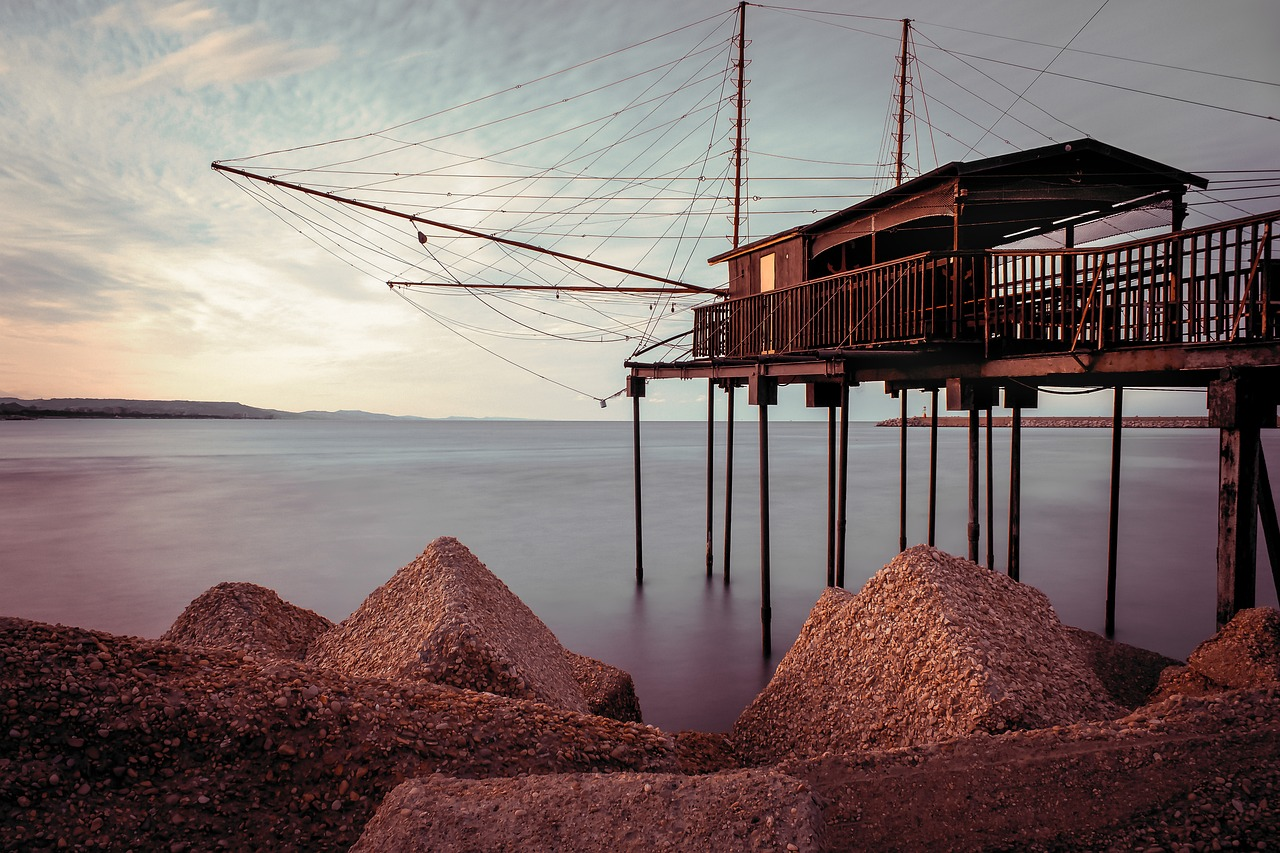
The Abruzzo road trip offers a captivating journey through one of Italy’s most scenic and culturally rich regions. Starting in the coastal city of Pescara, you can enjoy its beautiful beaches and vibrant atmosphere. Drive to the historic town of Chieti, where you can explore ancient Roman ruins and the National Archaeological Museum. Continue to L’Aquila, known for its medieval architecture and the stunning Basilica of San Bernardino. Head to the Gran Sasso National Park for breathtaking mountain landscapes and outdoor activities. Visit the serene Lago di Scanno, a picturesque lake surrounded by mountains. Finally, explore the charming town of Sulmona, famous for its confetti (sugar-coated almonds) and historic center. This approximately 300-kilometer route showcases the best of Abruzzo’s natural beauty and cultural heritage.
Italia Settentrionale
- 7-day Dolomites Itinerary – A Complete Road Trip Guide
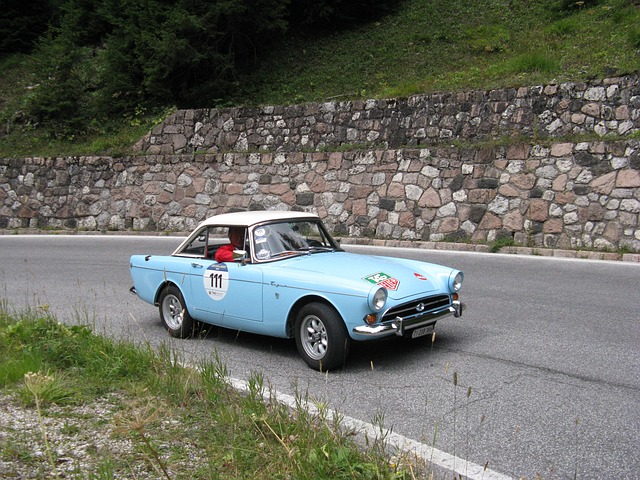
The Dolomites road trip offers an unforgettable journey through one of Italy’s most breathtaking mountain ranges. Starting from Bolzano, the route takes you through the scenic Great Dolomite Road, passing through charming towns and stunning landscapes. Key stops include the emerald waters of Lago di Carezza, the picturesque village of Ortisei in Val Gardena, and the dramatic peaks of the Sella Pass. Continue your journey to the enchanting Alpe di Siusi, the largest high-altitude Alpine meadow in Europe, and then to the iconic Tre Cime di Lavaredo, known for its striking three peaks. The route also includes a visit to the serene Lago di Braies and ends in the bustling town of Cortina d’Ampezzo. This approximately 200-kilometer journey showcases the natural beauty, cultural richness, and outdoor adventure opportunities of the Dolomites.
- 10 Day Veneto Itinerary
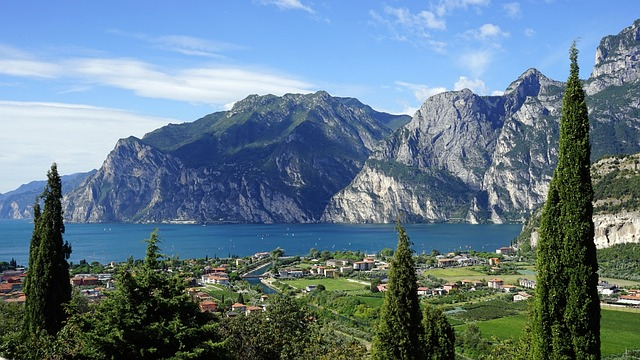
The Veneto road trip offers a delightful journey through some of Italy’s most charming and historic locations. Start in Verona, where you can explore the ancient Roman Arena and the romantic Juliet’s Balcony. Next, drive to the picturesque Lake Garda, enjoying its serene waters and scenic views. Continue to Padua, home to the stunning Basilica of Saint Anthony and the historic University of Padua. Finally, end your trip in Venice, where you can wander through its iconic canals, visit St. Mark’s Square, and explore the Doge’s Palace. This approximately 300-kilometer route provides a perfect blend of history, culture, and natural beauty.
Isole
- The Best Sicily Road Trip: 7-Day Sicily Itinerary
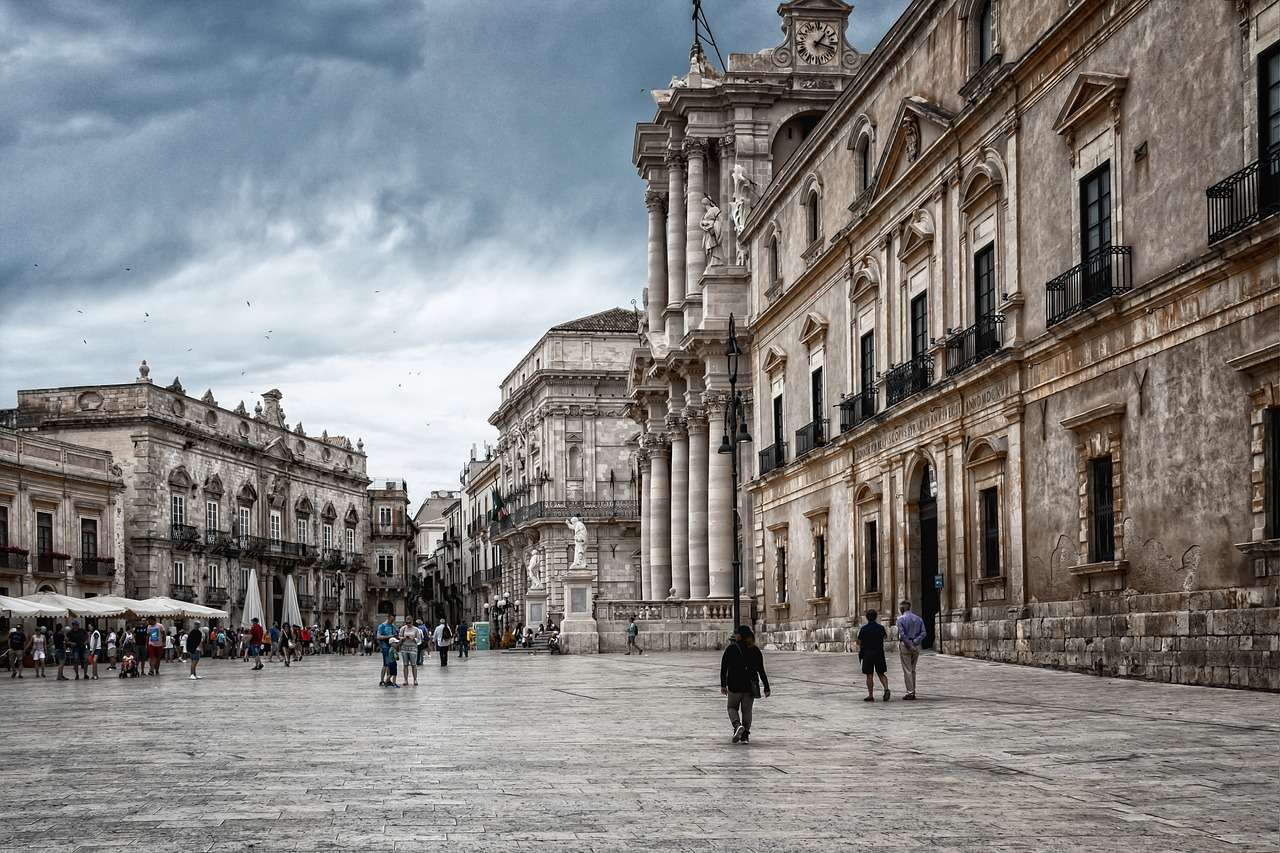
The Sicily road trip offers a captivating journey through the island’s rich history and stunning landscapes. Starting in Palermo, explore its historic sites like the Palermo Cathedral and Norman Palace. Drive to Cefalù for its beautiful beaches and impressive cathedral. Head to Mount Etna, Europe’s highest active volcano, for hiking or a cable car ride. Continue to Taormina, known for its ancient Greek theatre and coastal views. Visit Syracuse’s Archaeological Park and Ortigia. Explore the baroque towns of Noto and Ragusa, and finally, visit Agrigento’s Valley of the Temples. This approximately 700-kilometer route highlights Sicily’s cultural and natural treasures.
- A Fun 10 Days In Sardinia
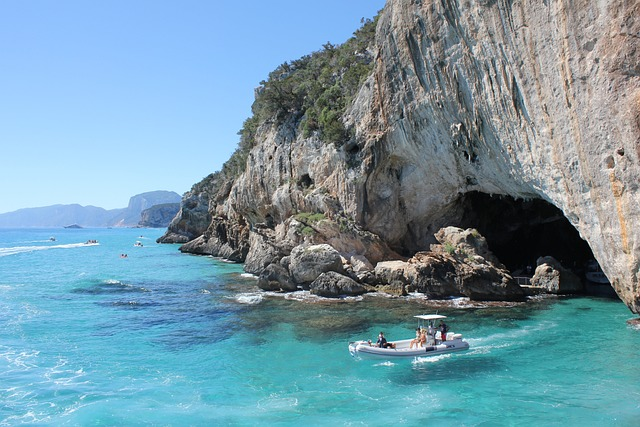
The Sardinia road trip offers an incredible journey through the island’s diverse landscapes, charming towns, and stunning beaches. Starting in Cagliari, the island’s capital, you can explore its historic center and beautiful coastline. Drive to the picturesque town of Bosa, known for its colorful houses and medieval castle. Continue to Alghero, where you can visit the Neptune’s Grotto and enjoy the vibrant old town. Head to the Costa Smeralda, famous for its luxury resorts and crystal-clear waters. Explore the La Maddalena Archipelago, a group of islands known for their pristine beaches and excellent snorkeling spots. Visit the ancient ruins of Nora and the beautiful beaches of Chia. Finally, return to Cagliari to complete your journey. This approximately 800-kilometer route showcases the best of Sardinia’s natural beauty and cultural heritage.
Useful Websites and Numbers
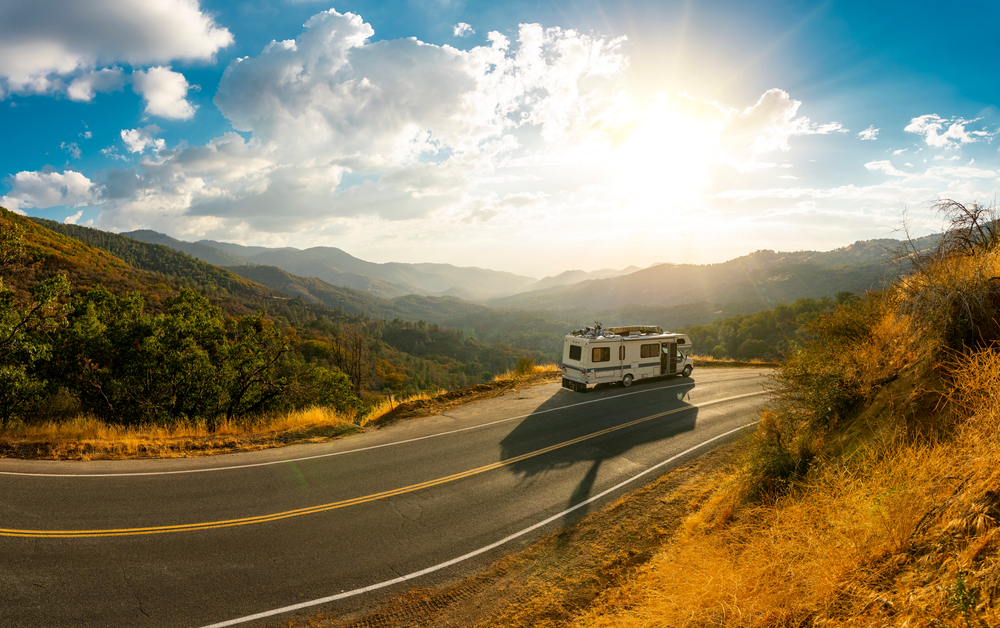
- Emergencies:
State Police: 113 (accidents, thefts, etc.)
Fire: 115 (fires, weather emergencies, etc.)
Ambulance: 118 (or for mountain and cave rescue)
Forest Ranger: 1515
Travel Information: 1518
Sea Rescue: 1530
- Roadside Assistance:
Automobile Club d’Italia (ACI, Road Assistance): 803.116 (Apply for Local Phone)
For Foreign Travelers: 800.116.800
- Embassies:
This site provides contact information for embassies and consulates worldwide, including embassies in Italy.
Thank you for reading through to the end, enjoy your trip!
